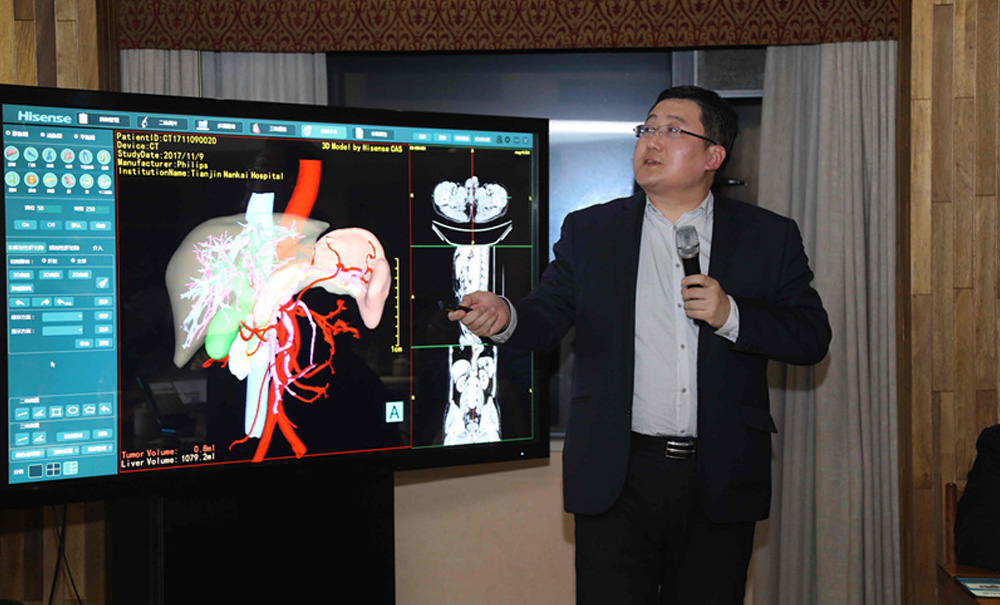HISENSE COMPUTER-ASSISTED SURGERY SYSTEM WILL COVER THE TERTIARY HOSPITAL IN SHANDONG
Shandong will vigorously promote the application of the Hisense computer-assisted surgery system (CAS) in the tertiary hospitals in the province and complete the full coverage of the tertiary hospitals in Shandong within 1-2 years.
Recently, Hisense's "key technology patent group for computer-assisted surgery workstations" was identified as "Shandong Province's 100 Key Core Technology Intellectual Property Rights" by innovative research and development and clinical application of core technologies such as artificial intelligence and 3D reconstruction, and was selected for the second batch of Shandong. Provincial key core technology intellectual property brand unit. It has been revealed that Shandong will vigorously promote the application of the Hisense computer-assisted surgery system (CAS) in the tertiary hospitals in the province and complete the full coverage of the tertiary hospitals in Shandong within 1-2 years.

Hisense's "Key Technology Patent Group of Computer-Aided Surgery Workstation" application product - Hisense Computer-Aided Surgery System (CAS) was developed by Hisense Medical and the Affiliated Hospital of Qingdao University, and it can treat patients with liver, gallbladder, pancreas, kidney, lung and other CT. The data is transformed into 3D digital images. The clinical surgeon presents the position of the tumor and the vascular system of the organ in all angles. The surgery is evaluated, planned, and simulated from different perspectives before surgery to design an optimal surgical plan. In addition, Hisense Surgical Display System (SID) can directly display 3D digital images on the operating room monitor in the digital operating room, and has the function of smart gesture recognition. Doctors and nurses wear sterile gloves and can use gestures to touch screens. The 3D image in the control.
Hisense's two digital medical products represent the cutting-edge level of current high-tech digital medical equipment in China. They can help surgeons perform precise surgery, make complicated and difficult surgery possible, and minimize the risk of surgical uncertainty. It has directly changed the surgeon's thinking mode and method, and gradually became the "standard" of operating rooms in major hospitals. At present, it has been used by over a hundred hospitals in China and has completed more than 2,000 cases of hepatobiliary and pancreatic surgery.

